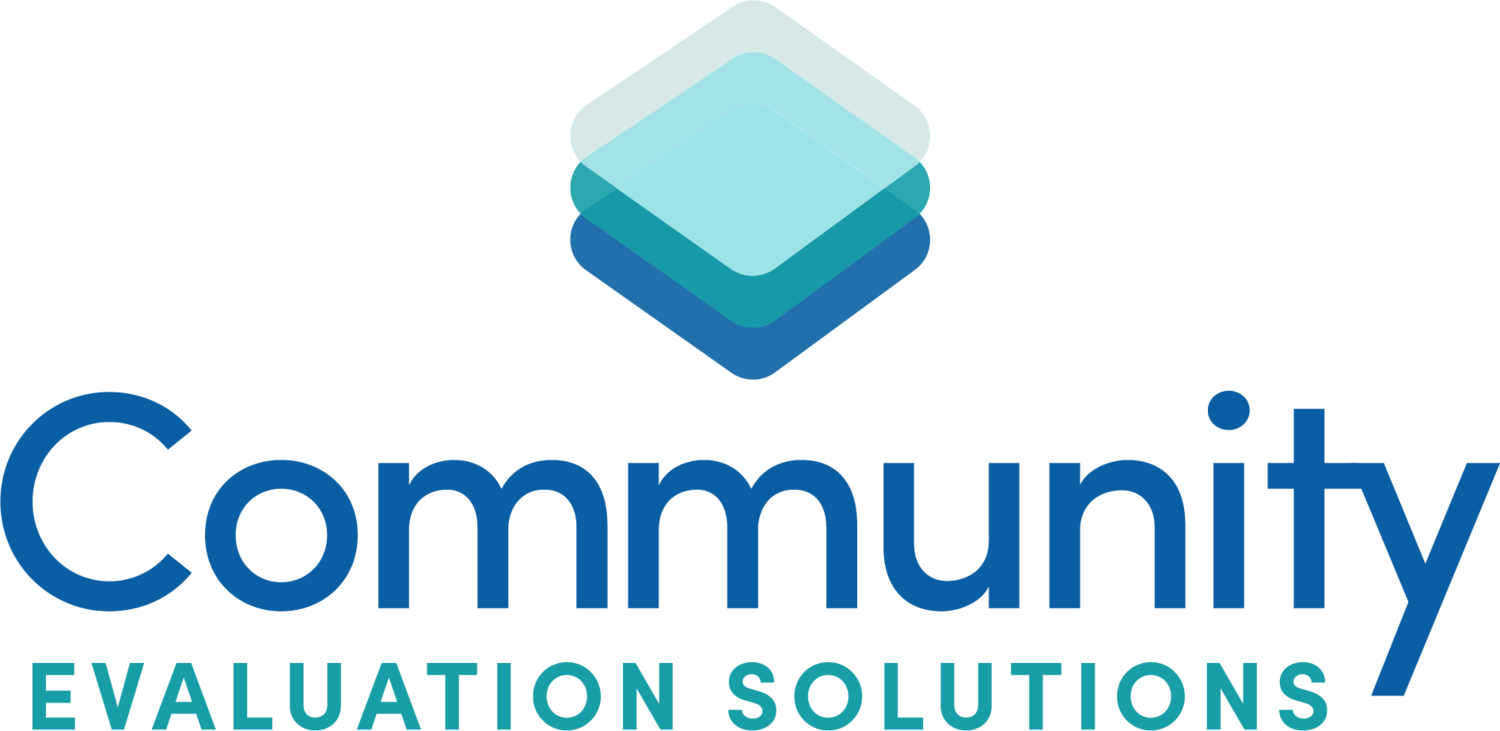Ten Tips to Keep Your Coalition or Collaborative Happy
Because CES works with a lot of community collaboratives and coalitions, I attend a lot of community meetings. (Note: for the purpose of this blog, I use the terms coalitions and collaboratives interchangeably).
So, I see the good, the bad, and just plain ineffective when it comes to engagement. There are some sure-fire things you should NOT do if you want to fire up your community for change.
Meet and Talk meetings are probably the most common meeting killer that I see. In this type of meeting, attendees go around the room and share updates of their organizations, one after another. There is no work done, no direction, and participants don’t really connect in any meaningful way. What participants share in the meeting really could be done through other means like email updates, newsletters, or social media posts. There isn’t really a purpose that brings participants together and if you use this type of structure consistently, you shouldn’t be surprised if the energy, and eventually your attendance, decreases.
Another guaranteed meeting killer is to have guest speakers present at each and every meeting. Although your participants may learn something valuable, this type of meeting has the same effect as the Meet and Talk type of meeting. Participants don’t really connect in any meaningful way, and there is no work done.
After all, isn’t collaboration is THE whole point of a community coalition or collaborative?
If you have been having Meet and Talk meetings for a while, you may have noticed that your attendance is down. If that is the case, you definitely want to act quickly and shake things up.
Get energy started before people enter the room. Have music playing. Have a bright color table cloth at the sign-in table. Place candy and table toys around the room. Start with a quick, fun ice breaker. Introduce new members and help everyone connect, but don’t waste valuable time having everyone introduce themselves.
Remember – the whole point of gathering your community leaders and members together is to collaborate. So, make the meeting about collaboration! If you have time, make part of the meeting a work session, perhaps letting committees and workgroups meet briefly within the meeting to have a work session. At the very least, committees and workgroups should provide updates tied to your work plan. This, of course, requires you to assign responsibility for your action plan to the committees/workgroups in the first place! If your time is limited, you might want to have longer work sessions every other meeting or perhaps quarterly.
If you are going to have guest speakers, require them to attend a certain number of meetings before they get to the floor. This will help you limit people who want to get their message out but are not tied to the work of the community collaborative/coalition. If you do have guest speakers, require them to complete an information form that structures their talk so that you can ensure that what they share ties back to the work of your coalition. Then as the leader, when the speaker is done, make sure YOU tie it back to the work. If you do have speakers, you might announce that there is a speaker and tease the topic, but don’t announce the name of the speaker.
Every once in a while, it’s a good idea that you as the coalition or the collaborative leader lead the meeting. Use this opportunity to remind everyone why they are there. Share the purpose of the collaboration, share the goals and objectives you are trying to accomplish, the strategies you are implementing to accomplish those goals, and the data you are using to track your progress. Make sure you assign responsibility for the work to workgroups and committees and use this time to show them why their work is important to achieving the collaborative’s goals.
Round table discussions are another way to involve collaborative members in the work. Identify some good discussion questions and group members discuss and report back. Concentrate on questions that are related to the work: the strategies and changes that the collaborative and coalition are putting into place.
In order to provide the communication that your participants desire and expect, use different ways to facilitate communication other than taking valuable collaborative meeting time for report-outs. For example, once a year, hold a resource fair so that members can share with each other what they do. You might consider limiting the first hour of the resource fair to members, then opening the resource fair to community members.
Instead of members sharing details of their upcoming events during the meeting, create a newsletter with a Community Event corner.
Encourage communication by sending out an email to those who missed the meeting with the message, “Missed the meeting? Call me (the collaborative leader) or a friend and find out what you missed!”
Focus on the community outcomes your collaborative is trying to address (e.g. poverty, graduation rates, foster care, unemployment). Looking at your data only once a year when you update your work plan or write your year-end report isn’t effective. Use your indicator data often, perhaps quarterly, to inform your members about local conditions and help motivate them to stay/get engaged.
Find resources in your community to help you. Look for effective facilitators in your community and ask them to facilitate one of your meetings. SCORE is a nonprofit association and a resource partner of the Small Business Association (SBA) whose members are retired professionals dedicated to helping small businesses through education and mentorship. They have a wide variety of skills that may help your collaborative and your members.
Take care friends-
Ann
P.S. Don’t forget to check out my podcast. And if you have any suggestions for guests, please let me
know!

